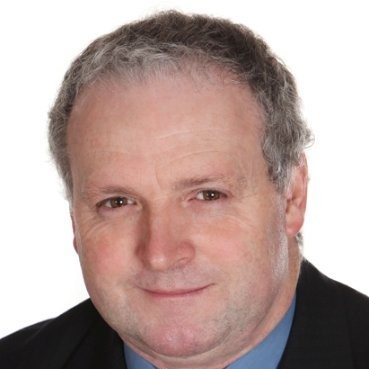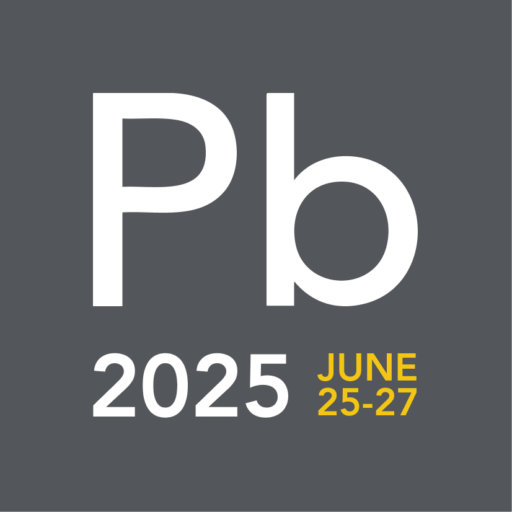The future of responsible lead production
Agenda for
25-27 June
2025

Mark Stevenson
Director, Global Lead Technologies, Australia
Secondary lead smelting and its image have improved over the last two decades, changing the perception of a simple operation of “melting” batteries to one of a complex metallurgical operation that can produce superior quality lead, matching that of many primary lead smelters.
Whilst perception has changed, the industry tends to use the same equipment and methodology to produce lead. We often think of a plant in compartments, not appreciating, for example, what is the best feed for the furnace produced from the breaker? And how do we extract the value from a feed source that contains over 15% of metallic product? Other non-ferrous industries examine these properties and try to extract further benefits, such as in the aluminium industry and recovering metallic prills from dross.
Why do we freeze our metal from the furnace and then reheat it for refining, while our aluminium cousins use molten metal transfer to retain the heat and energy? This short paper will hopefully challenge the current methodology and create discussion and debate on the improvements we can make to our industry.
Whilst perception has changed, the industry tends to use the same equipment and methodology to produce lead. We often think of a plant in compartments, not appreciating, for example, what is the best feed for the furnace produced from the breaker? And how do we extract the value from a feed source that contains over 15% of metallic product? Other non-ferrous industries examine these properties and try to extract further benefits, such as in the aluminium industry and recovering metallic prills from dross.
Why do we freeze our metal from the furnace and then reheat it for refining, while our aluminium cousins use molten metal transfer to retain the heat and energy? This short paper will hopefully challenge the current methodology and create discussion and debate on the improvements we can make to our industry.
Bio
Mark Stevenson has been involved in the lead smelting and battery industry for the past 43 years. His career has covered all facets of primary and secondary lead research and production and battery development working in numerous roles over these years. He is currently the Technical Director for Global Lead Technologies consulting to many companies around the world on best smelting practices for lead. He holds numerous positions throughout the world including Chairman of the Asian Battery and Secondary Lead conferences.


